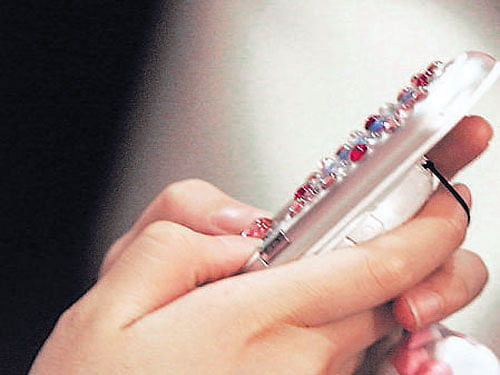
The ubiquitous mobile phone can double up as a dispenser of useful medical advice for millions of Indians suffering from diabetes.
Sending text messages twice in a week to one million Indians advising them to exercise, have less fat, and eat more fruits and vegetables actually helped reduce the risk factors for diabetes among Indians, found a team of researchers, who experimented with mobile phones to spread public health advices.
This is the first scientific study to demonstrate the power and reach of the mobile phones to effect a change in the diabetes risk behaviour in India.
India tops the world with an estimated 66 million diabetic patients. Close to a million die each year and several millions are prone to it. India's diabetes prevalence is four times higher than among Caucasians in the United States.
When a team of researchers from the US and India set out to check if mobile phone can be used as a health promotion intervention delivery channel, India with its billion plus connections was picked up as the test case.
The study has now found that almost 40% more people improved their health behaviours as a result of the text messages they received twice in a week, compared to those who did not receive those messages.
“This shows the potential for even the most basic of mobile phones to be used as a viable tool to deliver public health messages on a large scale across a diverse population. Just a basic mobile phone can make an impact,” said lead scientist Angela Fidler Pfammatter, research assistant professor in preventive medicine at Northwestern University Feinberg School of Medicine.
“It would make sense to undertake a controlled study measuring exact cost and detailing the health outcomes as the next step prior to scaling up this strategy,” Pfammatter told DH.
The researchers analysed the responses from 982 people who were randomly selected from the recipients of a health promotion campaign launched by a mobile company in 2012-13.
Though a set of 56 messages in 12 Indian languages were sent to a million Indians, 982 adult individuals were picked as representative sample up for the analysis.
The recipients were compared against a control population of 943 Indians who did not get those messages. Every person was followed for six months to find out the behavioural changes, if any.
The study found while people in both the experimental and control group improved their health behaviours over six months, the experimental group improved significantly more.
